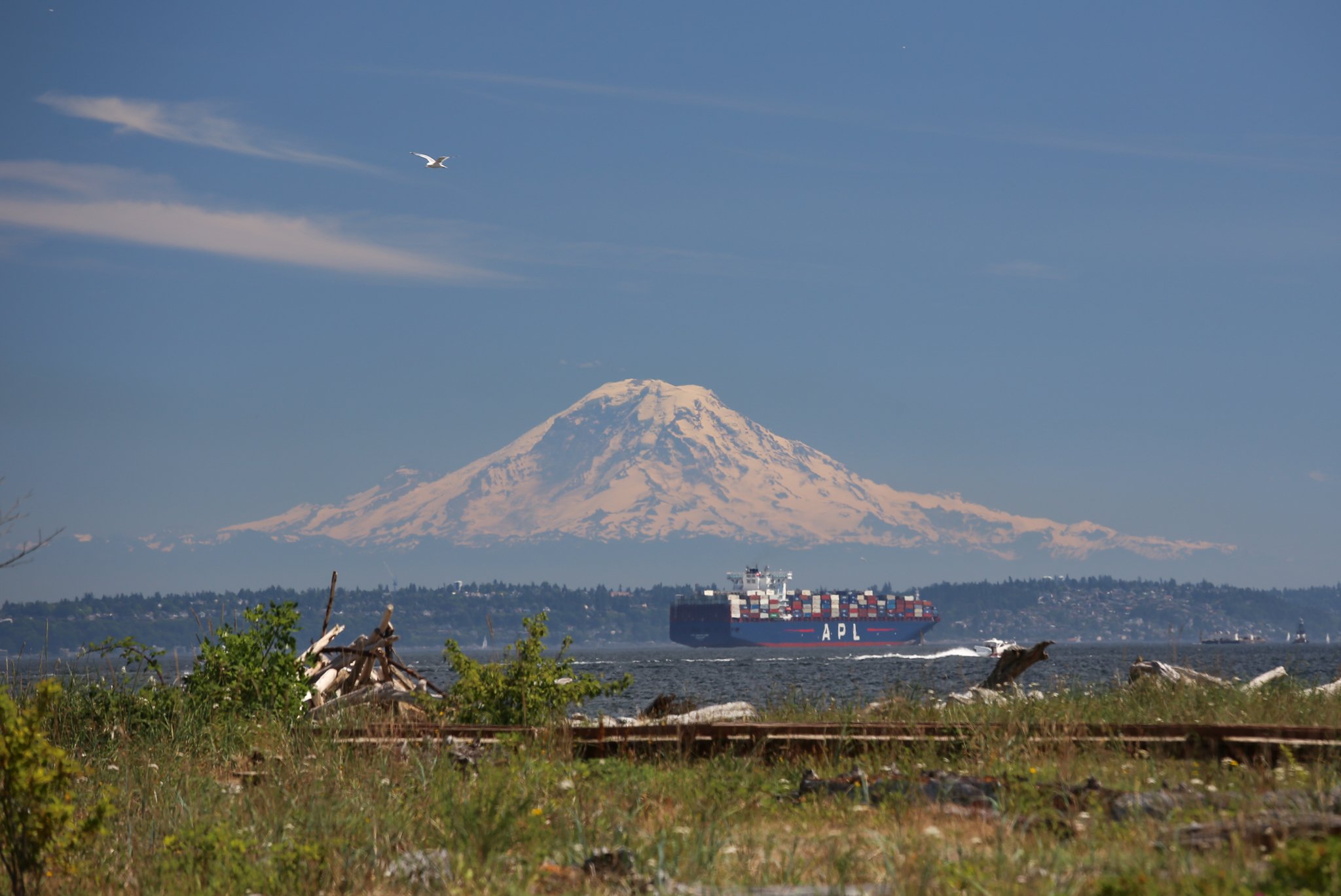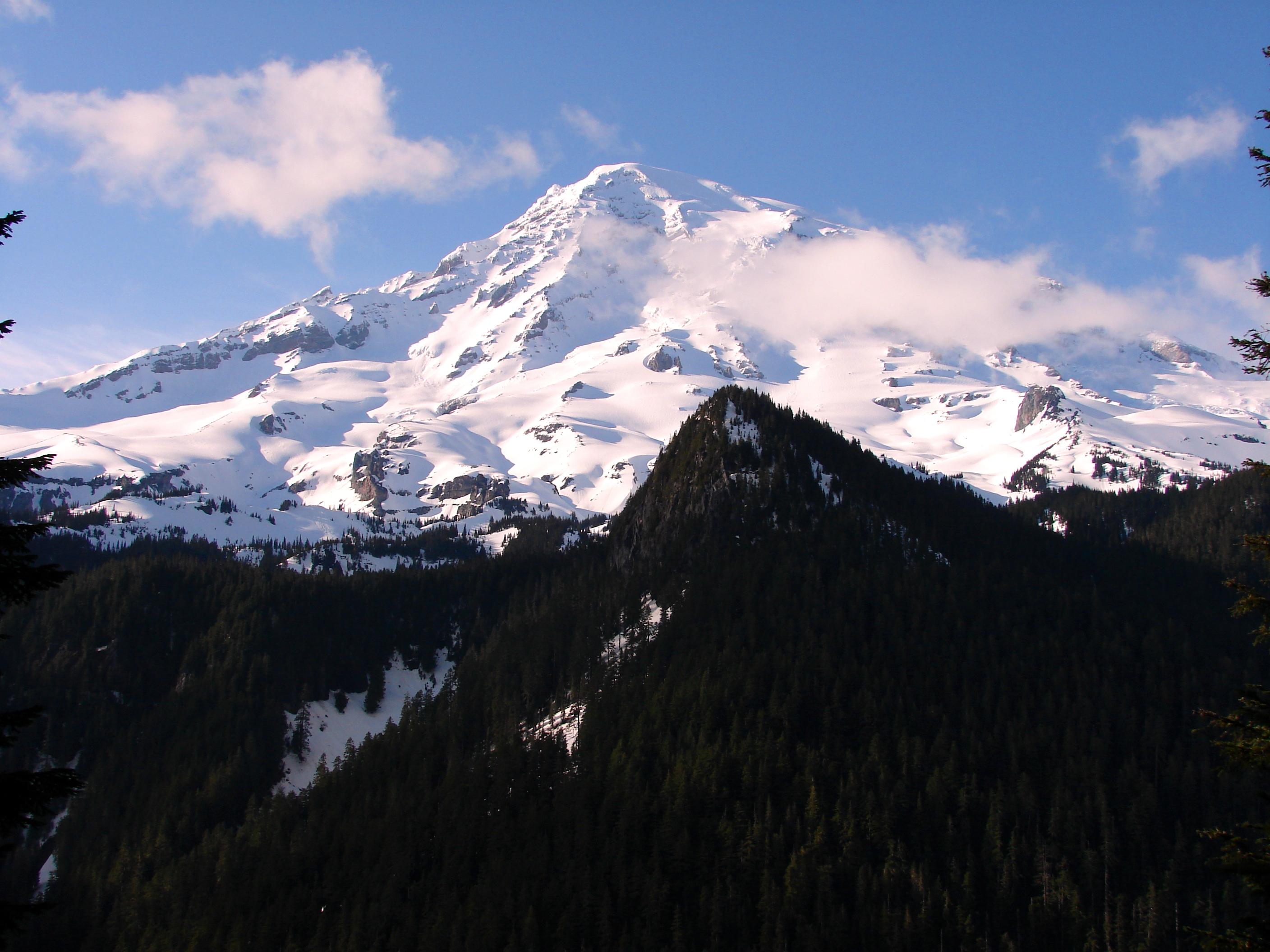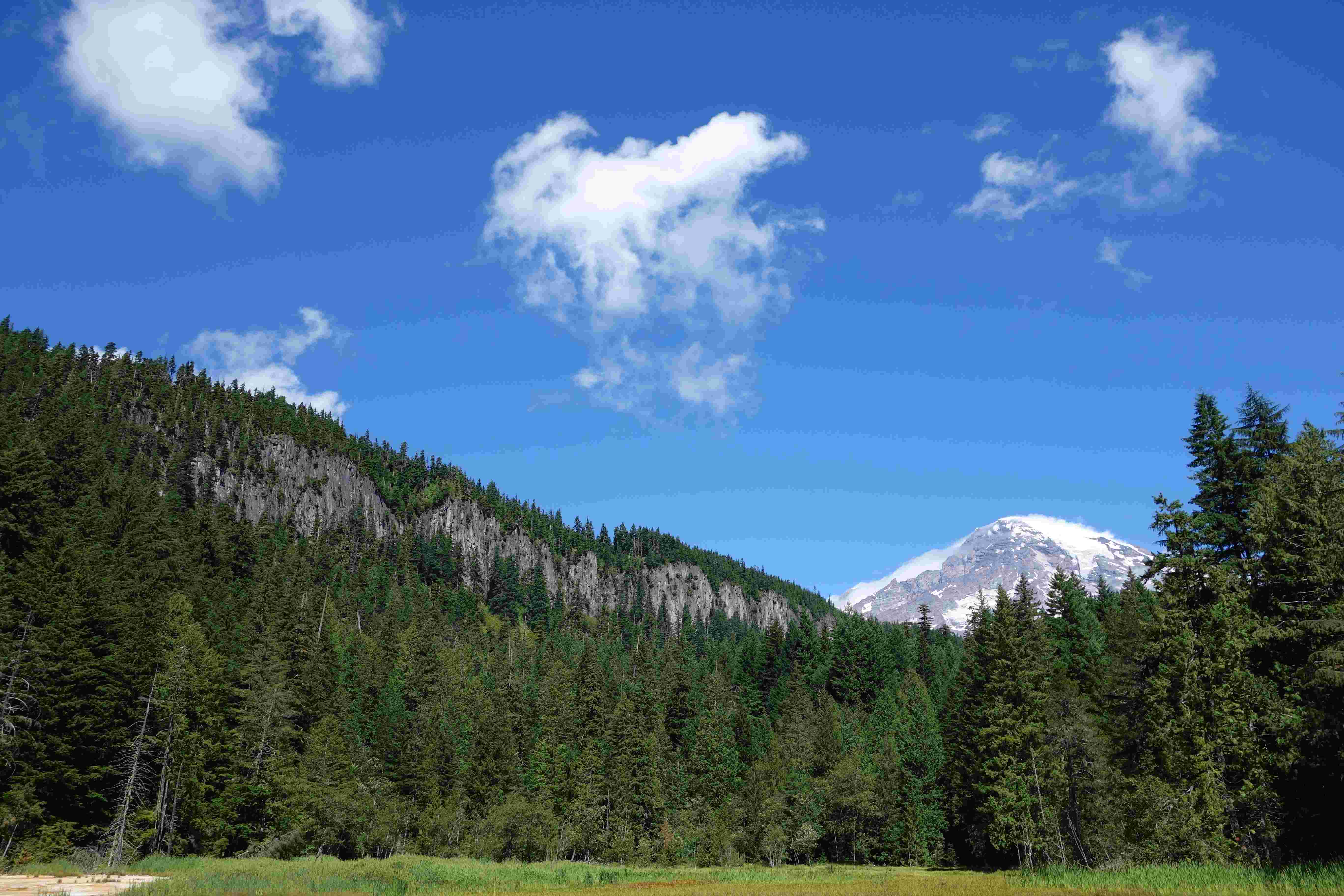Mount Rainier National Park wilderness and climbing permits are crucial for adventurers seeking to explore the park’s backcountry and summit its iconic peak. These permits regulate access, ensure safety, and protect the delicate alpine environment. Climbers must obtain both a climbing cost recovery fee and a wilderness permit, while adhering to strict regulations for camping, route selection, and environmental preservation.
What Are the Requirements for Mount Rainier Climbing Permits?

To climb Mount Rainier, you must fulfill several requirements:
- Climbing Cost Recovery Fee:
- $44 per person (25 years and older)
- $31 per person (24 years and younger)
- Valid for the entire calendar year
-
Payable online through Pay.gov before arrival
-
Wilderness Permit:
- Reservable in advance through Recreation.gov
- 65% available for advance reservation
- 1/3 saved for walk-up registrations
- $26 fee for online reservations
-
$6 fee for walk-up permits
-
In-Person Registration:
- Mandatory for all climbers
- Register at:
- Paradise Wilderness Information Center (west and south-side routes)
- White River Wilderness Information Center (north and east-side routes)
-
Reservations must be activated by 12:00 PM on the first day
-
Required Documentation:
- Proof of climbing cost recovery fee payment
- Valid photo ID
How Do Wilderness Camping Regulations Affect Climbers?

Mount Rainier’s wilderness camping regulations are designed to protect the fragile alpine environment:
- Designated Camping Areas: Camp only on permanent snow, ice, or established bare ground sites
- Group Size Limits: Vary by zone (camps, alpine zones, cross-country zones)
- Low-Impact Practices:
- Use established trails
- Proper food storage and waste disposal
- No new tent site clearing on rocky or snow-free areas
What Are the Key Climbing Route Guidelines for Mount Rainier?
Understanding the climbing routes is essential for a safe and successful ascent:
- Popular Routes:
- Disappointment Cleaver Route
-
Emmons Glacier Route
-
Trailheads:
- Paradise
- Westside Road
- White River
-
Mowich Lake
-
Difficulty and Requirements:
- Technical glacier-travel rope skills needed
- Excellent physical condition required
- 9,000+ feet vertical elevation gain
-
10+ miles distance
-
Safety Considerations:
- Rapidly changing weather conditions
- Crevasse and avalanche hazards
- Solo travel restrictions above high camps
How Much Do Mount Rainier National Park Permits Cost?
Permit costs for Mount Rainier National Park include:
| Permit Type | Cost | Notes |
|---|---|---|
| Climbing Cost Recovery Fee (25+ years) | $44 | Per person, per calendar year |
| Climbing Cost Recovery Fee (24 years and younger) | $31 | Per person, per calendar year |
| Wilderness Permit Reservation | $26 | Online through Recreation.gov |
| Walk-up Wilderness Permit | $6 | At ranger stations |
What Are the Payment Methods for Mount Rainier Permits?
- Climbing Cost Recovery Fee: Online payment through Pay.gov
- Ranger Stations: Credit cards only for walk-up permits and other fees
How Can Climbers Prepare for Mount Rainier’s Unique Challenges?
- Physical Conditioning:
- Engage in rigorous cardio and strength training
-
Practice with a weighted pack on steep terrain
-
Technical Skills:
- Learn glacier travel techniques
-
Practice crevasse rescue
-
Weather Awareness:
- Check current forecasts before climbing
-
Be prepared for rapid weather changes
-
Equipment:
- Invest in high-quality, alpine-specific gear
-
Ensure all team members have proper equipment
-
Team Coordination:
- Establish clear communication protocols
- Assign roles and responsibilities within the group
What Environmental Responsibilities Do Climbers Have?
Climbers must adhere to Leave No Trace principles:
- Pack out all waste, including human waste in designated areas
- Stay on established trails to prevent vegetation damage
- Minimize campsite impact by using existing sites
- Respect wildlife and maintain safe distances
- Properly store food to prevent animal encounters
How Can Climbers Obtain Up-to-Date Information on Mount Rainier Conditions?
- Contact ranger stations for current conditions
- Check the official Mount Rainier National Park website
- Consult with rangers at Camp Muir and Camp Schurman for updated forecasts
- Join online climbing forums and social media groups for recent trip reports
By following these guidelines and obtaining the necessary mount rainier national park wilderness and climbing permits, adventurers can enjoy a safe and responsible climbing experience on one of America’s most iconic peaks.

